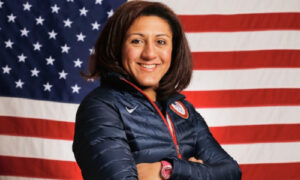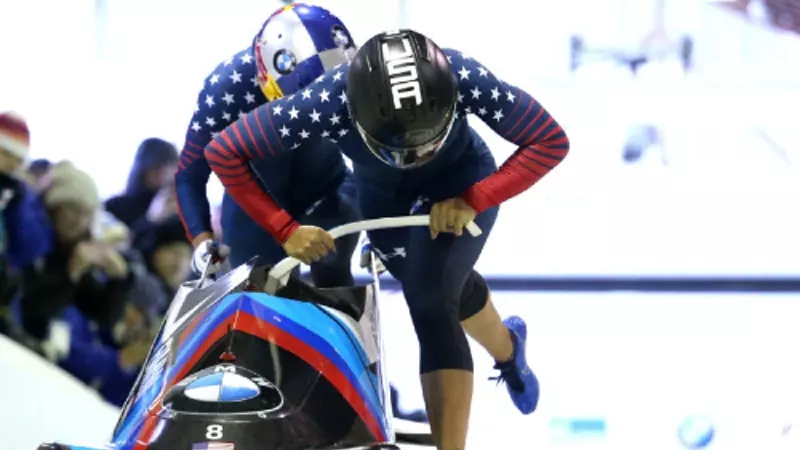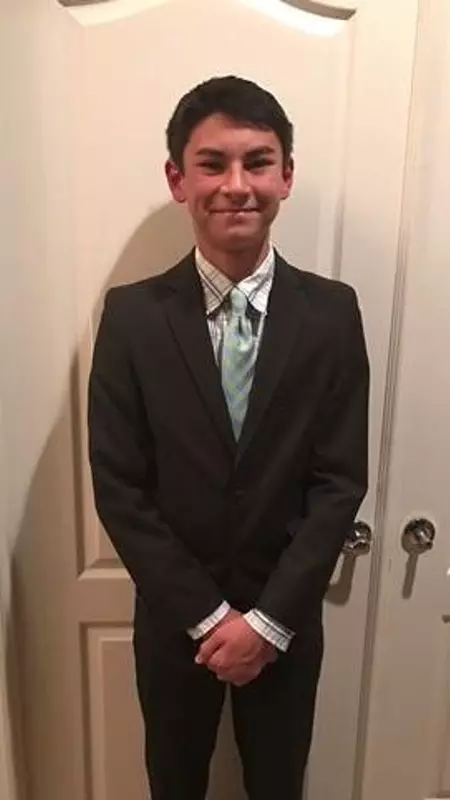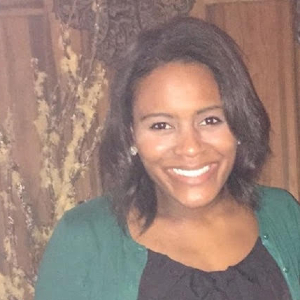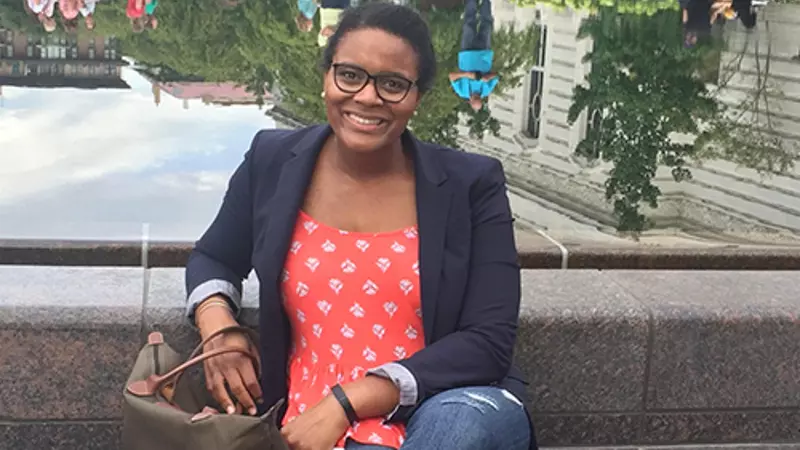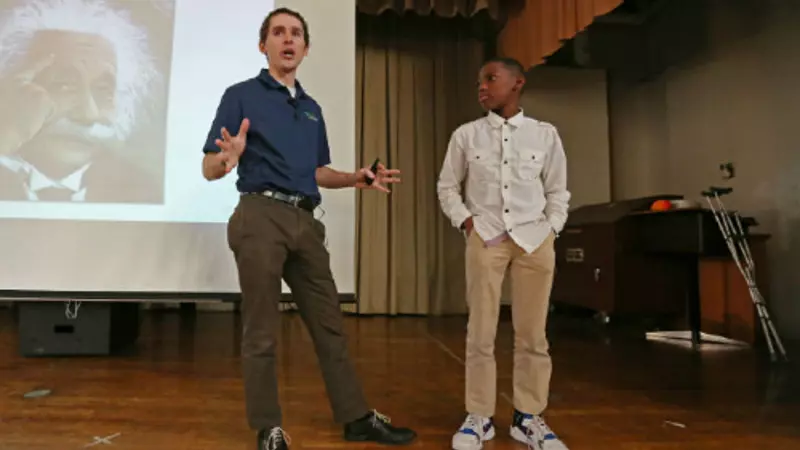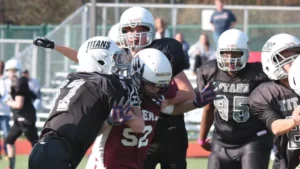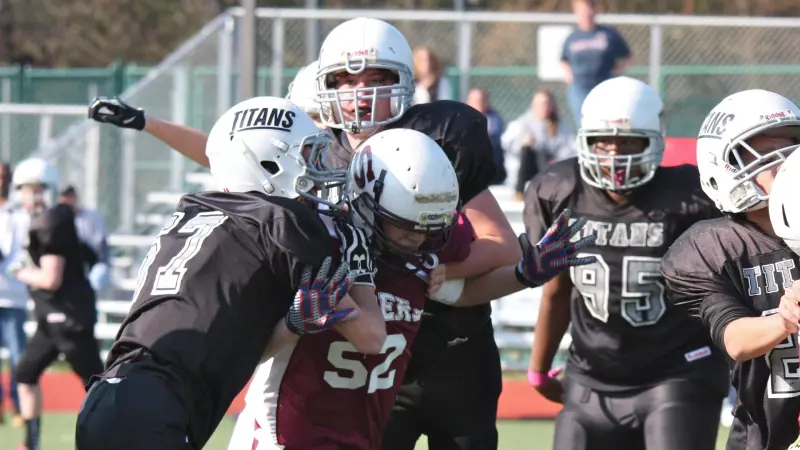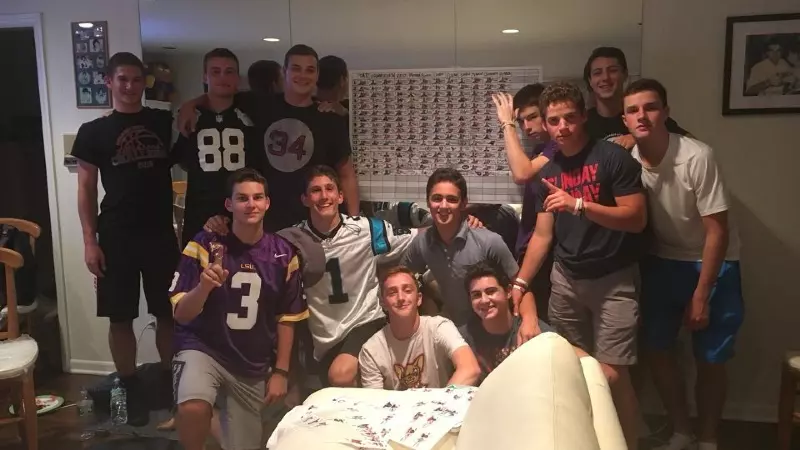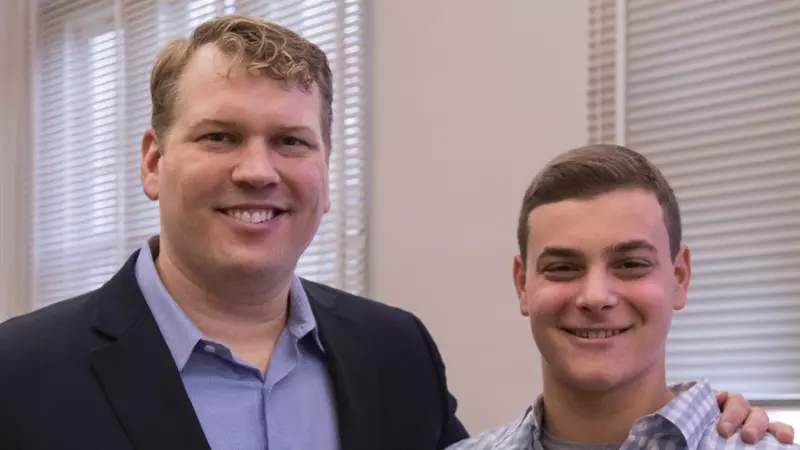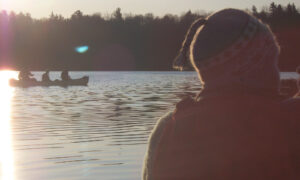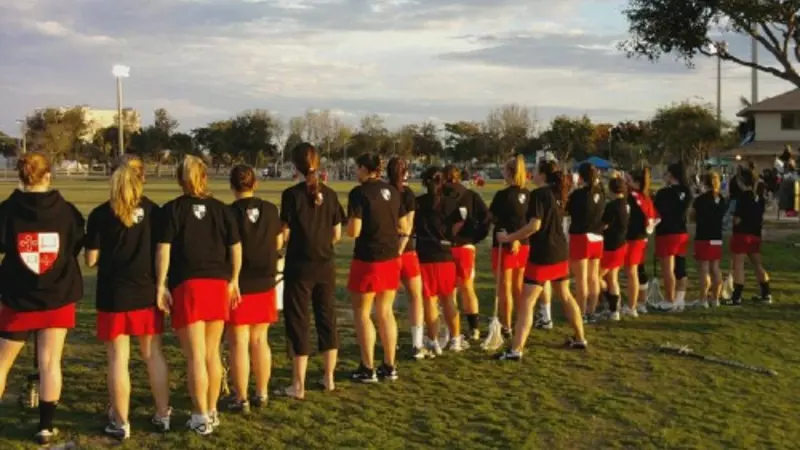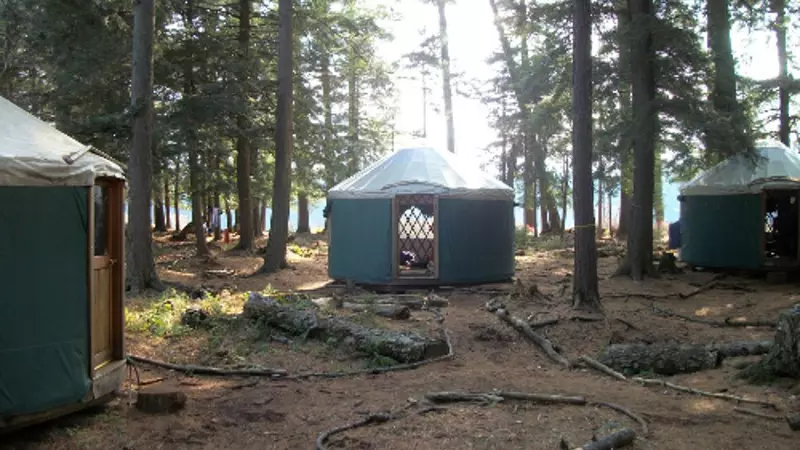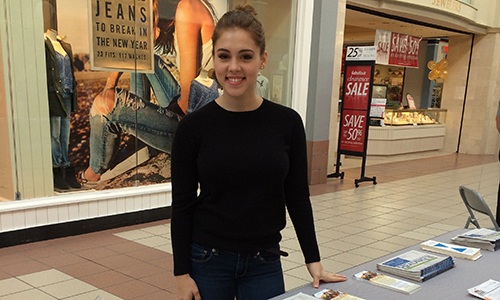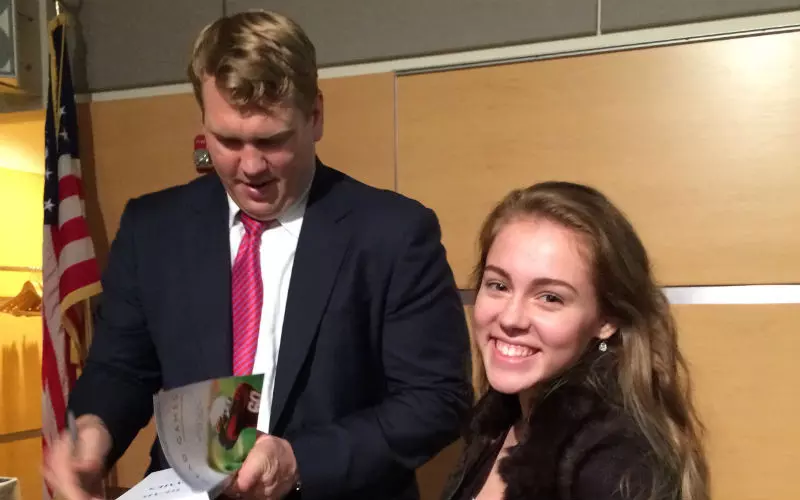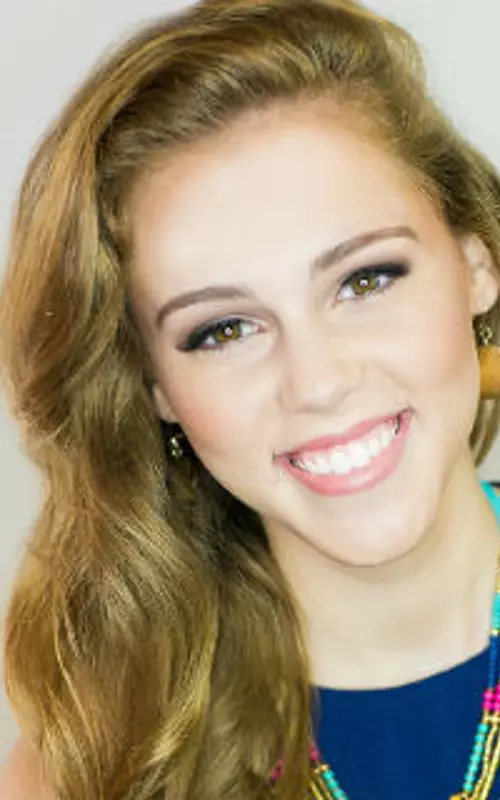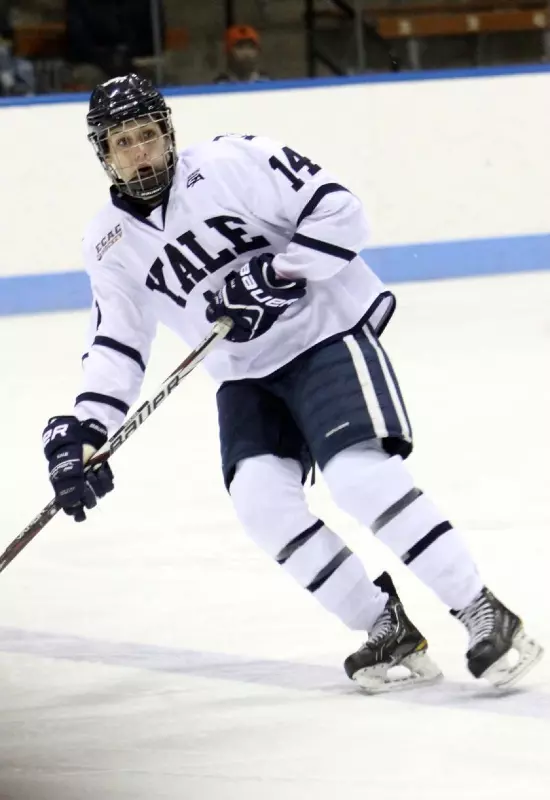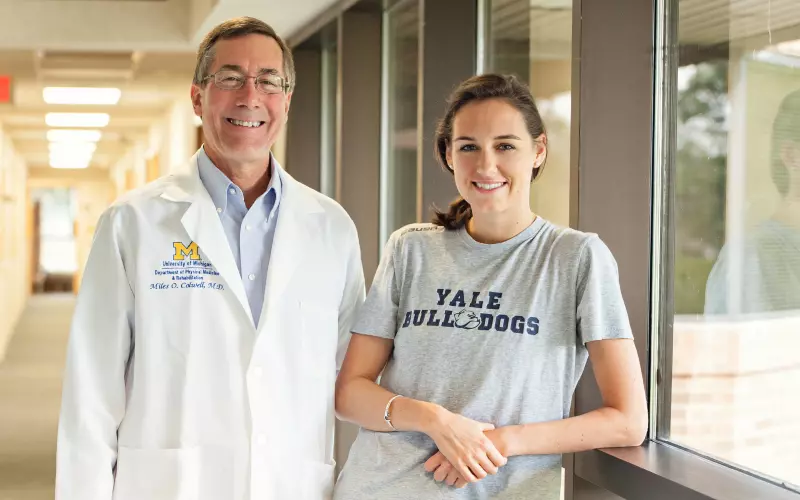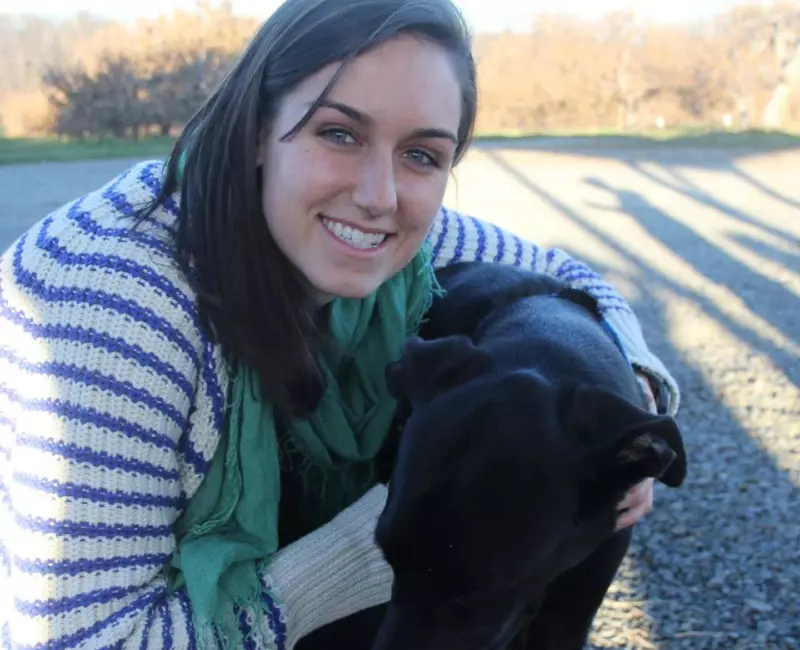Posted: March 15, 2018
I grew up in Carp, Ontario, a small town just outside of Ottawa. I was thrust into hockey right away as most young Canadian kids are. I immediately fell in love with the game and it has been my love ever since. I was able to play in the OHL with the Sarnia Sting in my junior career before I was forced to retire at the age of 22 due to concussion issues. I guarantee the majority of people know about me if you ask them. It’s not the fact that I was a hockey player they would remember, it’s the concussions they would remember.
Unfortunately, concussions have been the story of my life. My life and all decisions that have come with it have been affected by my concussions. Not being able to finish school, not being able to play the only game I knew. Relationships that ended due to personality changes. Losing people close to me because I have developed a bit of an anger issue. Losing all confidence in myself and looking in the mirror to see an exhausted, miserable person day after day. It’s tough. Some days are extremely hard to get through and there is no denying that. Mental illness has affected my life every day since my last concussion in March 2015. I have dealt with anxiety and depression issues, panic attacks and lack of sleep. All of these factors have affected me to the point where the person I once was seems to be gone.

However, you can always bring the positive out of something negative. I’m not thaaaaaaaat bad! Or, it could be worse! I’m very lucky to still have people close to me and to be able to coach the game I love. I have a job, I have two beautiful furry children (yes that means dogs) and I wake up every morning trying to do the best I can to win that day. Sometimes, I get crushed by the day. Other times, I know I crushed it.
It is nearly impossible for me to list all my concussions, when they occurred, and how they occurred. I received roughly 14 concussions in 10 years. Most of my concussions were from hockey and one I got from a car accident. Still, all my concussions were different. I remember getting one in hockey where I could not get out of bed the next day. Another time, I remember getting a concussion and feeling great the next morning. My most recent concussion, the car accident in March 2015, was the worst one I have ever had. It put me in a downhill mental health spiral. I let myself go for nearly two years until I said “enough is enough.” I had gained weight, lost relationships and lost close people in my life. I even lost myself for a while.

All the nightmares I had heard about concussion implications over the previous 10 years on depression, anxiety and sleep deprivation had come to life. It took me two years before I started to get better. It was something I had to make sure I was committed to; getting better. I know there are some things in life you cannot control, but I realized that every day I could at least try to ensure that I had a good day. This was something that I did not do for the first two years following my concussion after the car accident. It is only recently that I have decided to make a change and fight back. In June of 2017, I decided to commit to running a half marathon and raise money for concussion research. It has helped me drastically. A positive mindset added with your feet smacking the pavement chasing your dogs is an incredible kind of therapy. That meant getting up and going for a run, spending time with my dogs, saying no to going out for some beers or turning down a party where I’d feel some social anxiety. Some people didn’t understand. Some people have said that I’ve “been a ghost” but I knew I was doing what I needed to do to get better. At times, you have to be selfish about it. Always take care of number one!

Now, I am the best I have ever been. It’s kind of funny the change of tone that happened in just a few paragraphs. First starting off being negative, with the harsh things that come from concussions to now being positive and saying I am the best I have ever been. That’s the reality of concussions. One day, you will wake up feeling better. You try to string that one day into two days and then three days and so on and so forth. If there is one piece of advice that I can give you, don’t push away those wanting to help you. Make sure to lean on the people around you and use your support system.
The reason I am writing this is to let people know there is a light at the end of the tunnel. You will get through this. Some days it may seem like you have no chance of getting through it. Some days it’s okay to stay in bed all day, it’s okay not to answer your texts and it’s okay not to go out with your friends. At the end of the day, life is a marathon, it’s not a sprint. Make sure you are doing everything you can to ensure that you have a long and healthy life.

